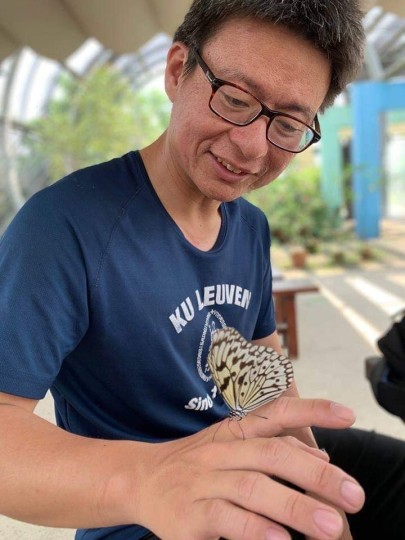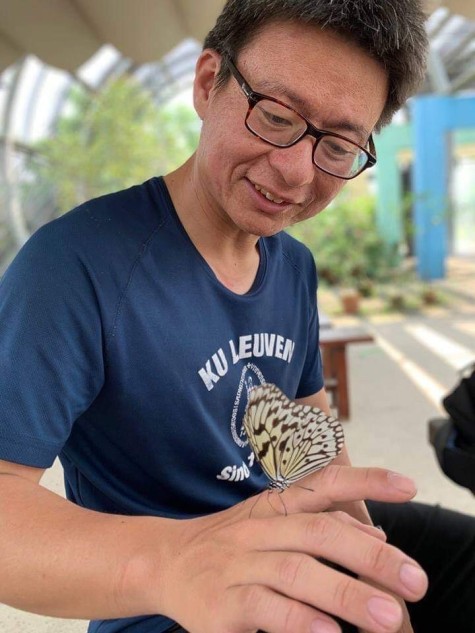Dr. Chih-Hsien Huang was born in Taichung City, Taiwan in 1981. He received the bachelor’s and master’s degrees in Department of Electrical Engineering, National Cheng Kung University, Tainan City, Taiwan. He got his Ph.D. Degree in Electrical and Computer Engineering in Texas A&M University, College Station, Texas, USA in 2015.
From 2005 to 2010, he worked for Industrial Technology Research Institute, Tainan, Taiwan as a Research and Development Engineer. In 2010, he was a Research Assistant in the Department of Electrical and Computer Engineering at Texas A&M University. From 2015-2016, he worked as Research, Design and Development Engineer in Baker Hughes Incorporated, Houston, Texas. In 2017 and 2018, he held a postdoctoral position at IMEC, Belgium. Dr. Huang is currently an Assistant Professor in the Department of Electrical Engineer at NCKU. His research interest includes design, simulation and characterization of acoustic MEMS devices such as pMUT, MEMS acoustic mirror and photoacoustic transducer. Besides, he also worked on Acoustic Tomography with 2D ultrasound transducer array for NDT. He has published about 40 papers on International journals and proceedings of peer reviewed conferences along with 10 Patents (US, CN, TW).
About his speech „Development of ultrasonic applications and transducers“
Ultrasound systems had been applied to daily life and industry for years. Recently, the progresses on semiconductor and MEMS technology have dramatically improved the computational capability and efficiency of ultrasonic devices. Various state-of-the-art ultrasonic applications have been investigated. In this talk, the speaker would introduce the latest ultrasonic devices and systems based on his research experience.







